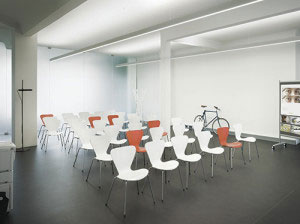
Achim Hatzius
Stan Hema Branding Agency; Berlin, Germany
When creating a lighting design for an interior space, it is important to understand how light can impact the occupants’ health, productivity, and overall potential. Architects and lighting designers are in a unique position to help create human centric lighting design. Human centric lighting design takes into account many different factors including circadian rhythms, productivity, energy savings, emotional well-being, and functional light quality. The vast array of modern light options available makes creating a healthful space easier than ever.
Circadian rhythm is the natural cycle that silently informs the human body that it is time to rest, wake, seek food, contemplate, or heal. These patterns repeat daily with the rise and setting of the sun. When humans are exposed to the patterns of natural daylight, this cycle is relatively stable and promotes health and well-being. However, when this pattern is disrupted, it can lead to a host of physical and emotional issues. Disruption of the circadian rhythm has been linked to insomnia, poor mental performance, weight gain, breast cancer, and other negative responses.
Modern life has generated many ways to disrupt naturally evolved rhythms. For most people, there is very little change in the type of light exposure - we live, work, and play under uniform and consistent artificial light so our bodies are not exposed to the natural rhythms we have been conditioned throughout human history to expect. Consequently, some people experience negative health and emotional effects.
The concept of adjustable or tunable lighting is an important breakthrough in human centric lighting design. LED lamps can adjust light CCT on demand. Tunable white light not only can adjust the color temperature but also intensity or amount of light lumens throughout the day. This adjustability can improve mental health and productivity. In healthcare spaces, a tunable LED fixture provides cool, crisp light for medical examinations but a more comfortable, warm light for the patient environment to encourage rest and healing.
Tunable white LED lamps also benefit architects and lighting designers. For instance, it can be difficult to develop an ideal lighting strategy for a multi-use area such as a museum or art gallery where installations and light expectations change periodically. The ability to adjust the color temperature of light after construction allows the designer to worry less about specific lamp choices and focus more on aesthetic qualities of the fixtures and overall lighting design. In commercial retail spaces, matching color temperature with product is crucial. Cooler lights work well for glassware and gems as they enhance the overall luster of the product. But cool lighting can make produce or flowers appear stale or bland. In addition, tunable light sources allow clients a wider range of textile and color choices through several interior updates without fearing new materials and furniture selections could clash with existing lighting design.
From a design standpoint, linear luminaires in pendant, recessed, or wall-mounted varieties, such as the Selux LED My White line of luminaires, offer the designer the ability to provide ample light as needed in any number of configurations. The benefits of LED lights from an energy efficiency and functional tasklighting approach make them a superior choice in general, but the programmable ability to specify light spectrum, as with the Selux tunable white (2700K through 6500K), means that this fixture combination can satisfy every requirement for physical health, mental well-being, and productivity.
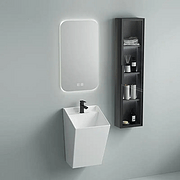
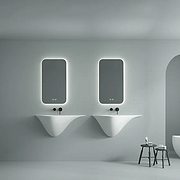
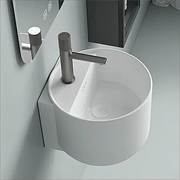
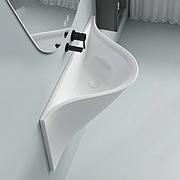
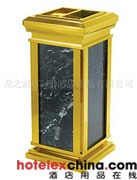
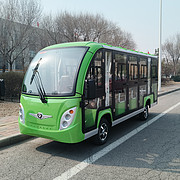
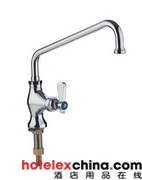
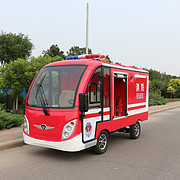


Service Hotline
Work Time:Mon-Fri 9:00-18:00
UTC+8

Sinoexpo Digital Platform
Copyright 2006-2025 Shanghai Sinoexpo Informa Markets International Exhibition Co., Ltd. All rights reserved
沪ICP备05034851号-77
 沪公网安备 31010402000543号
沪公网安备 31010402000543号